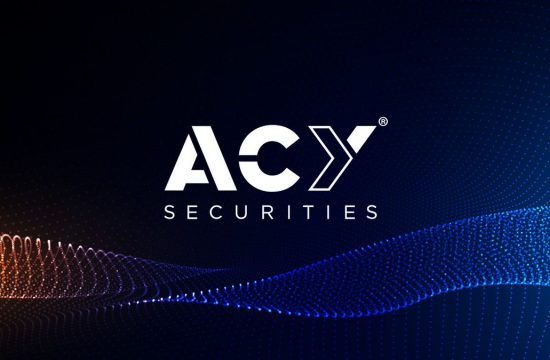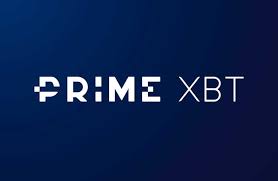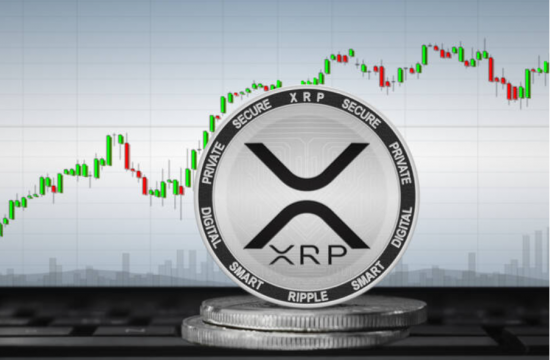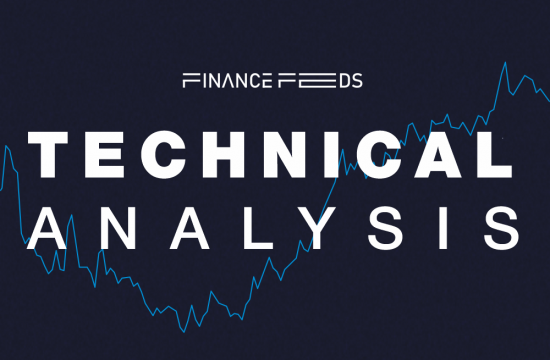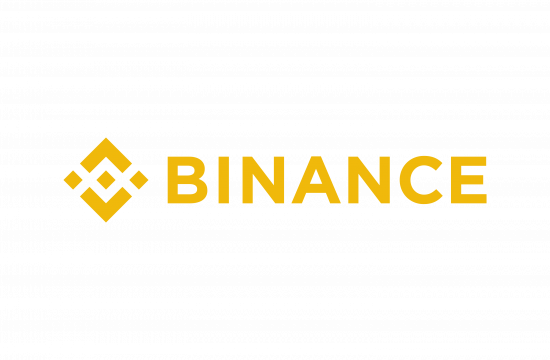The collapse of Silicon Valley Bank allegedly proves Circle’s point that there is a need for its USDC stablecoin to be backed by the U.S. Federal Reserve with its U.S. dollars held at the Fed.

Tarleton Watkins, Senior Policy Specialist at Circle, told a Gillmore Centre for Financial Technology conference at Warwick Business School that Circle has long advocated for regulation that would make it a full reserve federally supervised institution.
The executive said that one long term option for retail stablecoins could involve a wholesale central bank digital currency (CBDC) at the Fed as a backing instrument, but in the meantime holding dollar reserves with the Fed rather than various financial partners would be a logical step in light of SVB’s failure.
“A very serious stress test, and we have come through it”
“In some ways, the events surrounding SVB act as a vindication of what we have been advocating for and that is a full Fed reserve model, where we could have access to risk-free cash. Although it is rare to have cascading bank failures, like in the financial crisis of 2008, this event with SVB put Circle through a very serious stress test, and we have come through it”, he said. “This shows the resiliency of our business model and operational model. It also provides an excellent learning lesson and prepares us for the next steps as to where regulation should go.”
Backed equally by U.S. dollars on a one-to-one basis, with its dollars divided into 80 per cent of U.S. Treasury bills and 20 per cent cash, Circle’s USDC provides a monthly update on the reserves it is holding to peg Circle’s stablecoin at $1.
“Regulatory clarity for novel financial products and services like USDC can provide greater incentive for traditional financial institutions to incorporate digital assets onto their balance sheet. Digital currencies should be fully reserved with high quality liquid assets, i.e. cash and short duration government obligations”, he continued. “They should also be prudentially regulated and supervised by federal or national regulators at the central bank level or equivalent. Digital currency issuers should have direct access to accounts at the central bank.”
Ganesh Viswanath Natraj, Assistant Professor of Finance at the Gillmore Centre for Financial Technology, supported the idea of central banks and stablecoin providers working closer together: “If stablecoins can be backed by digital pounds or dollars held entirely with a central bank, the central bank could then regularly audit stablecoin providers’ reserves and impose capital requirements.
“If issuers were holding a certain percentage of liquid digital currency reserves at the central bank, this would ensure they had funds to process redemptions. The central bank could also provide insurance for customers and having its backing would reduce the risk of a run on the stablecoin”, he added.



